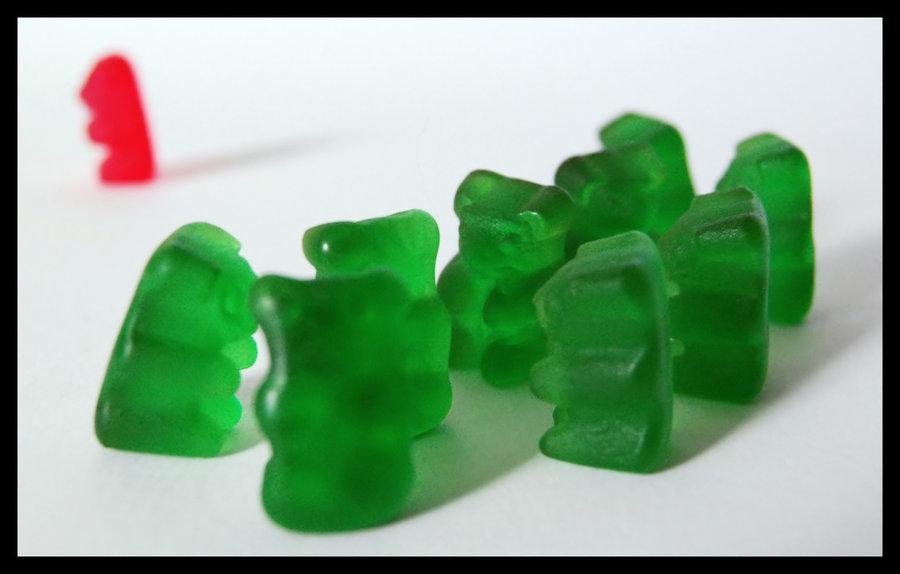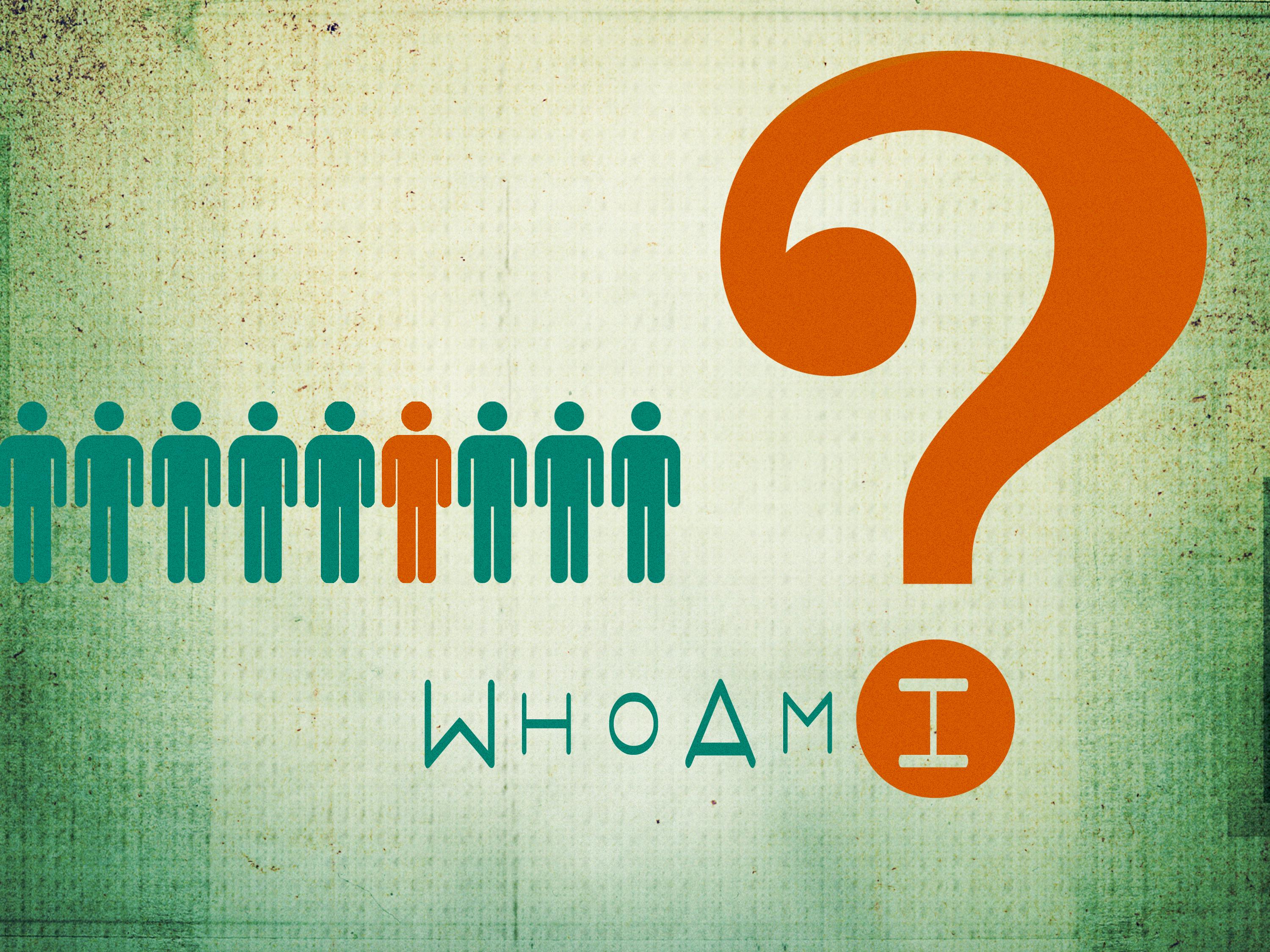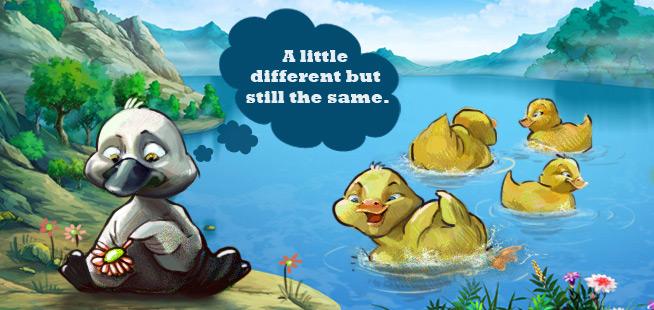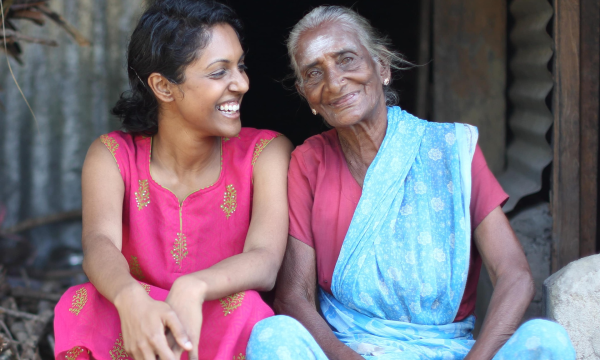
"God made me and broke the mold." - Jean-Jacques Rousseau
The idea of "Tamil" as a singular identity is problematic. Many Tamils in the diaspora hold a dichotomous approach to what being Tamil means. This tends to create difficulties for more transcultural individuals with a Tamil upbringing.
Tamil identity can be distilled into a bipolar spectrum with core Tamils at one end and periphery Tamils at the other. The majority of Tamils do not fall at the extreme ends of this spectrum, but somewhere along the middle. However, what makes the question of Tamil identity divisive is the perceived construction of “us” and “them” in the Tamil community. In other words, there lies a socially constructed barrier between “core Tamils” and “periphery Tamils”, leading to an identity schism.
Why this is problematic is the impact of “core Tamils” judging “periphery Tamils” as outsiders and therefore not deserving of Tamil identity. The fallout is one of the periphery avoiding the core. Thus, the “core” identities never evolve or change. This stagnation of “core” identities becomes even more problematic when confronted with intermingling with other cultures.

The “core” Tamil identities are taken from the cultural commune. The term cultural commune was introduced by Castelles, a pioneer in identity politics, and embodies several characteristics. The primarily role of the cultural commune is to act as a dominant institution in which identity can be sought, and to reinforce the perception of identity. The cultural commune also acts as a refuge of solidarity among individuals that “protects against hostile, outside world” (Castells, 2010).
What this means to the Tamil commune is that the core identity reflects an identity that is aimed at being exclusionary by nature. Its protective nature allows only those who are “approved” to be associated with this identity. The subsequent society, in theory, will therefore be one of mutual respect and understanding.
What is missing from this notion of Tamil identity is the individual. As Tamil identity is reinforced through a “communal” understanding of what entails being “Tamil”, it is not up to the individual to change or alter the meaning. Long-standing traditions – particularly nationalism and religion – therefore become focal points of judgement. The end result is a community that rejects anyone that questions the commune’s perception despite that the commune’s perception is itself socially constructed.
This can explain why traditional Tamil society still holds many archaic views. The caste system is still prevalent. Tamil youth are expected to pursue very specific fields of study (science, law). Women are expected to behave as Victorian role models. Rape is seen as the woman’s fault as it brings shame to the family. These are just a few examples of values that have been part of the archaic construction of the Tamil commune but need to be reformed.
The periphery Tamil is characterized not by what they are, but by what they are not. They may have the ethnic makeup, the linguistic capacity, and may even believe in the religious doctrines that underpin the commune. Yet they are distinct in contrast to the core. You can easily notice these periphery Tamils on most university campuses. They are generally in non-traditional programs, associate with any ethnic group that is not Tamil, and most importantly are disgruntled and even offended by being associated with other Tamils.
While I do not have survey data to reflect this, several personal experiences with periphery Tamil individuals reflect this type of behaviour (and while they do not use this term it is implied through their behaviour). However, it is important to note that periphery is not mutually exclusive from core – they run along a spectrum that allows an individual to embody any combination of these two categories.

Those who fall in the middle of this identity spectrum can be considered moderate Tamils. Though their identity is underpinned by the commune, their personal decisions and ambitions are individualistic and not along the norms of the commune. An example would be a Tamil-Hindu girl that refrains from premarital relations while studying Comparative Politics.
We have thus far identified three categories of identity (core, moderate, periphery). The issue with the moderate identity comes from the lack of impact this identity has on the overall commune. The moderate identity will not alter the status quo and will be seen as an abnormality in the system. As their identity still adheres to socially constructed premises of what constitutes a “Tamil”, they still reinforce this onto others. As a result, we still have the dichotomy of the core and periphery, with “moderates” as generally more “core” due to their passivity.
Now let us turn to the issue of modernizing. Generally, “core” individuals associate modernization as a negative concept as it entails a loss of one’s identity. However, the reality is the traditional commune appropriates a person’s individuality more so than the modernized commune. How often have you been confronted with the choice of appearing “not Tamil” through your actions, and thereby decided not to act on that choice? Your identity is imprisoned to adhere to specific characteristics of the commune – or risk not being associated with the commune.
From personal experience, I have found myself in several situations where my actions – which are a physical manifestation of my identity – have been interpreted by other Tamils as “not Tamil”. The issue is that the “core” perceives modernization as a loss of identity, without considering the hybrid nature of the Tamil commune and the modernization commune. By questioning the established Tamil commune, we seek to change the negative aspects of it.
As addressed earlier, these are issues that feel absurd in 2013. But we can hybridize this – eliminate the negative aspects of the commune, maintain the good, then add more good from the modernization. The problem then becomes who decides which aspects are good?
It can be solved by the “invisible hand” economic argument – the bad will not be enforced and thus disappear, while the good will persevere. Since the commune will lose its ability to reinforce social constructs through active manipulation of identity, we will therefore be able to integrate “periphery” and “core” in an inclusive manner that fosters greater cooperation, and ultimately a Tamil identity that will persevere.
Works Cited:
Castells, M. (2010). Communal Heavens: Identity and Meaning in the Network Society. Wiley-Blackwell.

























